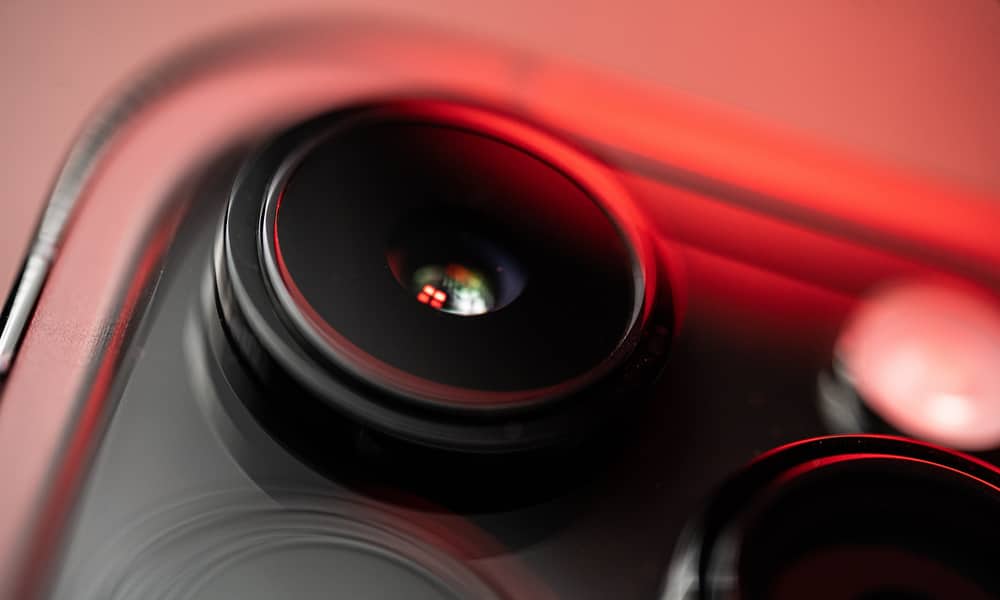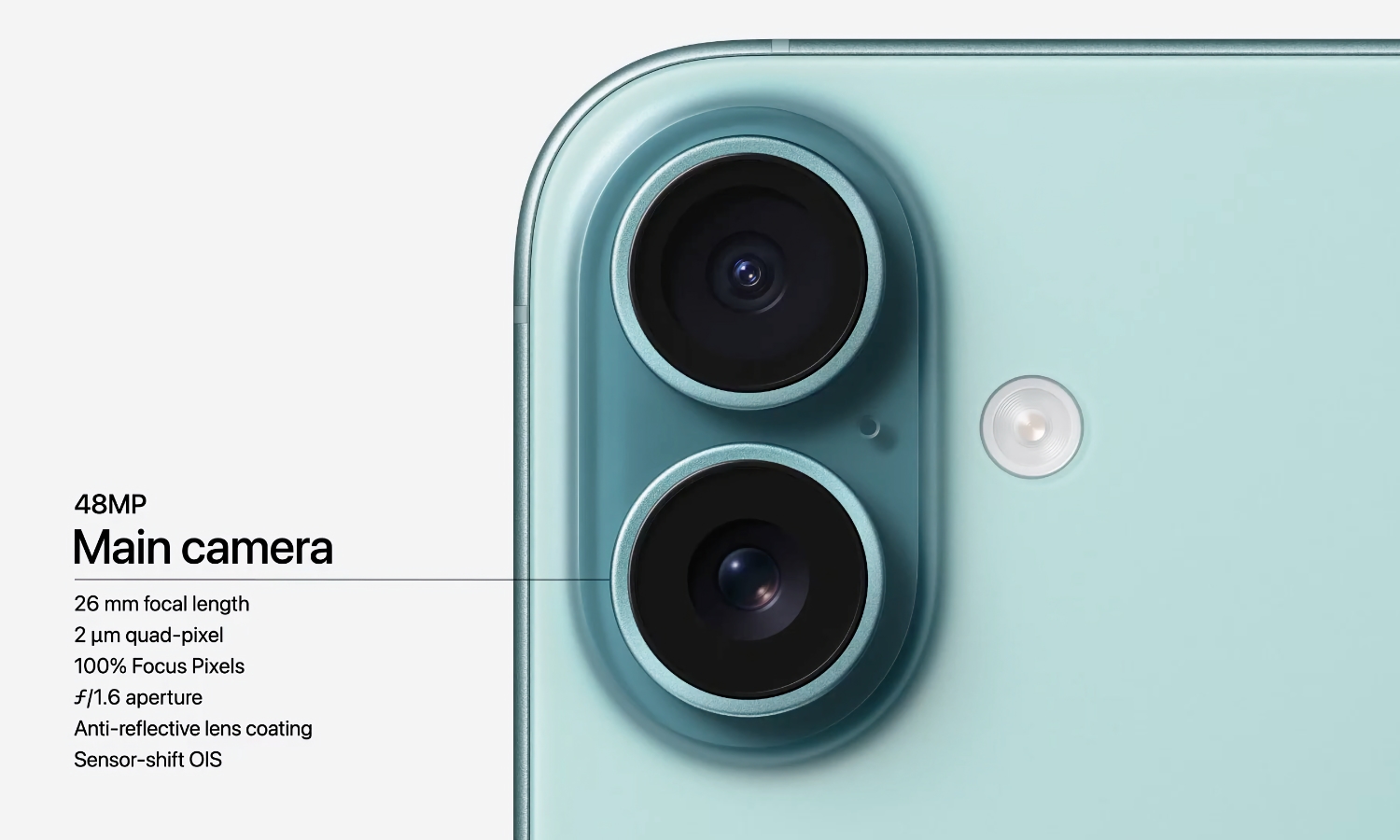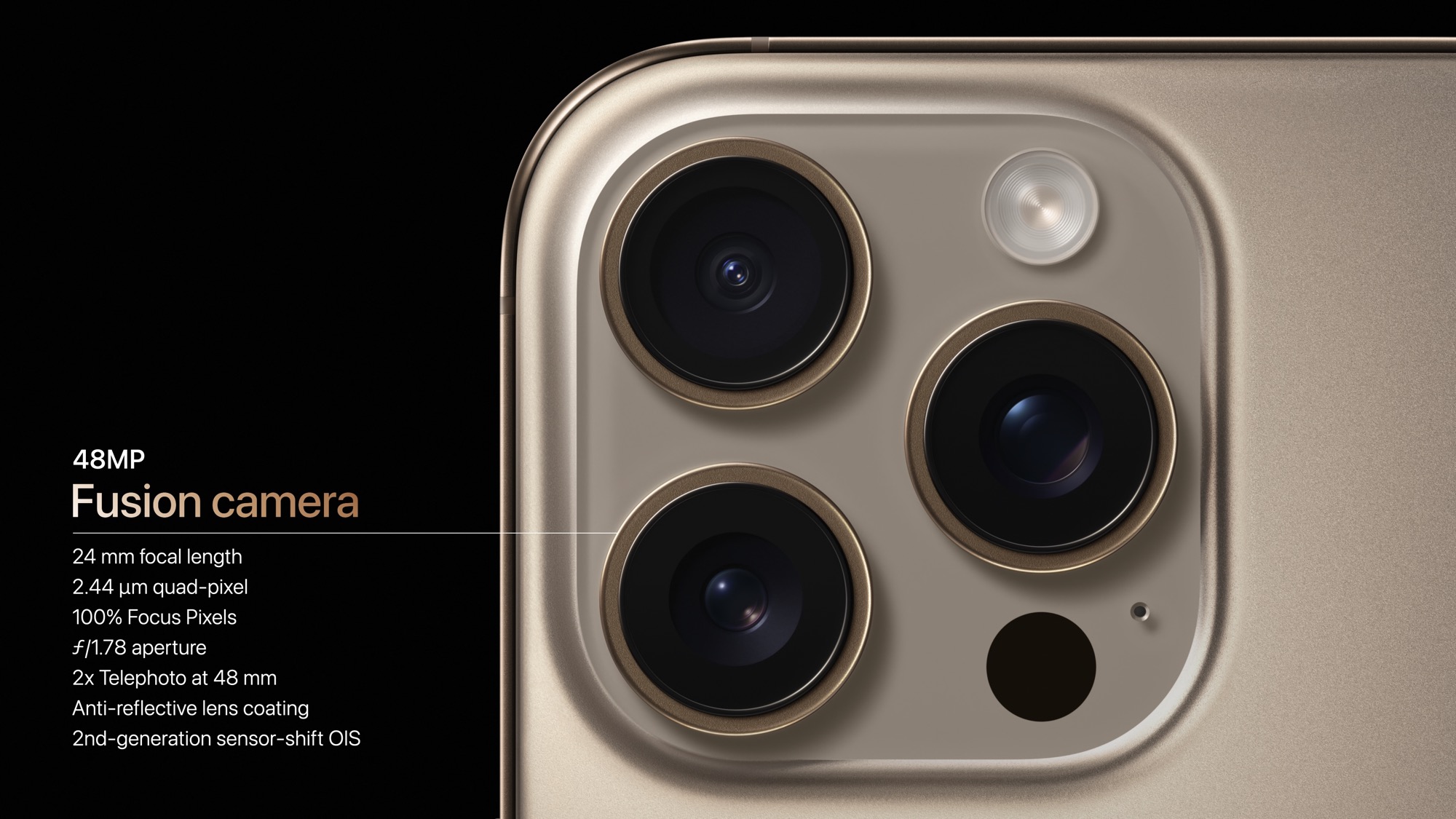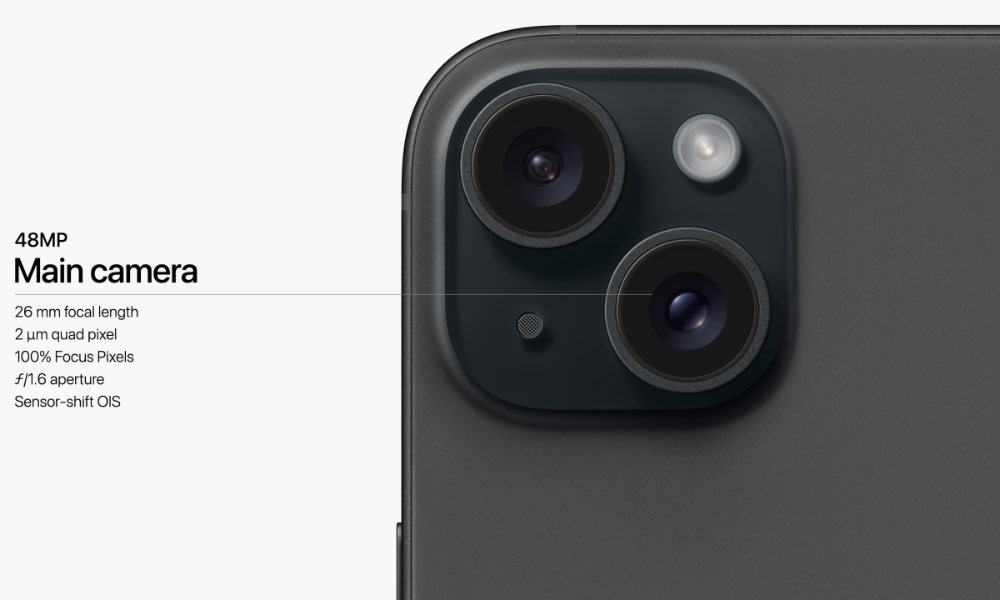iPhone 17 Pro Tipped to Get a Major Zoom Upgrade | Here’s How That Could Work
 TheRegisti / Unsplash
TheRegisti / Unsplash
Toggle Dark Mode
As usual, this year’s iPhone 17 Pro models are expected to get some noticeable camera improvements. While these will undoubtedly include better sensors, there are also some strong indications that Apple is going to increase the resolution of the telephoto lens. Recent reports have suggested that it may even push the optical zoom beyond the 5X found on the iPhone 16 Pro.
While the iPhone had long lagged behind rivals like Samsung in delivering high zoom magnifications, it began to catch up two years ago with the introduction of the iPhone 15 Pro Max, which featured a 5X optical zoom for the telephoto lens, superseding the 3X that had been the norm since the iPhone 13 Pro. Unfortunately, the need to adopt a more complex tetra prism lens to deliver this higher zoom factor made this exclusive to the larger model in 2023; the iPhone 15 Pro remained at 3X, only increasing to 5X with the slightly larger 6.3-inch iPhone 16 Pro last year.
Now, Apple could be ready to take that to an even higher level. In late July, an anonymous tipster told MacRumors that the iPhone 17 Pro models were both slated for a potential 8X zoom. That information came from a company that had been contracted to produce a commercial for the iPhone 17 Pro, but it was also a lone voice in the rumor mill. Others, like Apple supply chain analyst Ming-Chi Kuo, had predicted that Apple wouldn’t increase the optical zoom levels until 2027, at the soonest, as it would require re-engineering the lens design to add additional prisms to achieve a higher magnification level.
However, a new report from TrendForce supports the notion that this year’s Pro models may indeed sport higher zoom levels — although it may be doing this at a software level rather than making significant hardware changes.
That makes sense, and doesn’t contradict Kuo’s analysis, as it’s unlikely that Apple would be pushing its tetra prism lens design this quickly. However, one rumor that we’ve been hearing consistently from several sources, starting with Kuo in July 2024, is that Apple will increase the megapixel count to 48 for all three lenses on this year’s iPhone 17 Pro models.

This would be somewhat consistent with its recent trajectory, which saw a 48-megapixel sensor come to the main lens on the iPhone 14 Pro in 2022 and then move to the Ultra Wide lens with last year’s iPhone 16 Pro. While that timeline would suggest the 48 MP Telephoto isn’t due for another year, it’s likely Apple only skipped the iPhone 15 Pro because it was busy working on the tetra prism lens. It also brought a 48 MP main sensor to the standard iPhone 15 that year, so the company had enough on its hands.
If TrendForce is right, this year could see the end of 12 MP cameras across the entire lineup. The report echoes others we’ve heard that say the front camera will be bumped to 24 MP, while the iPhone 17 and iPhone 17 Pro models will get 48 MP cameras across the board. That means a 48 MP Ultra Wide for the standard iPhone 17, effectively matching last year’s iPhone 16 Pro camera upgrade.
The entire iPhone 17 series will see major camera upgrades, with the front camera moving from 12MP to 24MP and all rear cameras raised to 48MP. The Pro models will go a step further, featuring a redesigned rectangular array and optimized software algorithms to enhance optical zoom and image resolution.
TrendForce
Unlike the July rumor, this latest report doesn’t say anything about what kind of zoom factor we can expect; merely that it will use software algorithms to “enhance optical zoom.”
Taken at the most innocuous possible interpretation, that could simply mean improvements to image quality through the current 5X zoom. However, when combined with the 48MP Telephoto sensor, there’s a more interesting interpretation that could easily allow Apple to give us a 10X optical-quality zoom.
When Apple increased the Telephoto lens to a 3X in 2021, many were disappointed to lose the 2X zoom, which was a more natural sweet spot for photography as it captures a perspective that more closely resembles human vision.

Remember that the main lens on the iPhone (and virtually every other smartphone) is, by definition, a wide-angle lens, with a focal length of around 24–28 mm by traditional photography standards. What Apple called a “Telephoto” lens during its 2X zoom years was much closer to the 48–56 mm focal length that was considered a “normal” lens for years by DSLR and 35 mm film cameras.
Eliminating that in favor of a 3X zoom was a serious pain point for many iPhone 13 Pro owners, so Apple came up with a clever way to bring it back in the iPhone 14 Pro through a technique known as “pixel binning.” Thanks to the much higher resolution delivered by the 48 MP sensor, the iPhone 14 Pro was capable of producing optical-quality 2X shots by effectively “cropping” the sensor and using only 12 million pixels. The result was a 12 MP photo, but without any of the usual losses in resolution created by digital zoom technologies. The specific technique, which utilizes Quad Bayer sensors, is more complicated; however, a simplified sensor-cropping analogy serves for the purposes of this discussion.
This became such a popular technique that Apple added a 2X zoom to the iPhone 15 the following year, and now it’s such a staple that it’s even included on the more affordable iPhone 16e.

However, this technique isn’t limited to the main lens. It can just as easily increase the zoom factor on the Telephoto lens. This is precisely the technique Samsung used when it replaced the 10X optical telephoto lens of the Galaxy S23 Ultra with a 5X telephoto in the S24 Ultra. Thanks to a 50 MP sensor and pixel binning, the new camera system could do double duty, providing customers with both 5 MP and 10 MP shots, albeit at different resolutions.
If the rumors of a 48 MP Telephoto sensor on this year’s iPhone 17 Pro models are accurate, there’s no reason Apple couldn’t apply the same technique that it uses on the main lens to deliver 10X optical-quality images at 12 megapixels. In fact, we’d be more surprised if Apple didn’t do this.
The only wildcard here is the rumor of an 8X zoom. The math for that doesn’t add up using the most common binning techniques available today, which are typically 2:1 through standard Quad Bayer sensors or 9:1 (a 3×3 pixel arrangement technique used by Samsung known as “nona-binning”). However, while it’s possible that the leak was simply wrong, the binning techniques used in modern smartphone cameras are actually quite complex, and it’s not outside the realm of possibility that Apple might have a trick or two up its sleeve. Still, it’s hard to imagine why Apple would jump through hoops to get an 8X zoom when a 10X is more easily achievable.
[The information provided in this article has NOT been confirmed by Apple and may be speculation. Provided details may not be factual. Take all rumors, tech or otherwise, with a grain of salt.]







